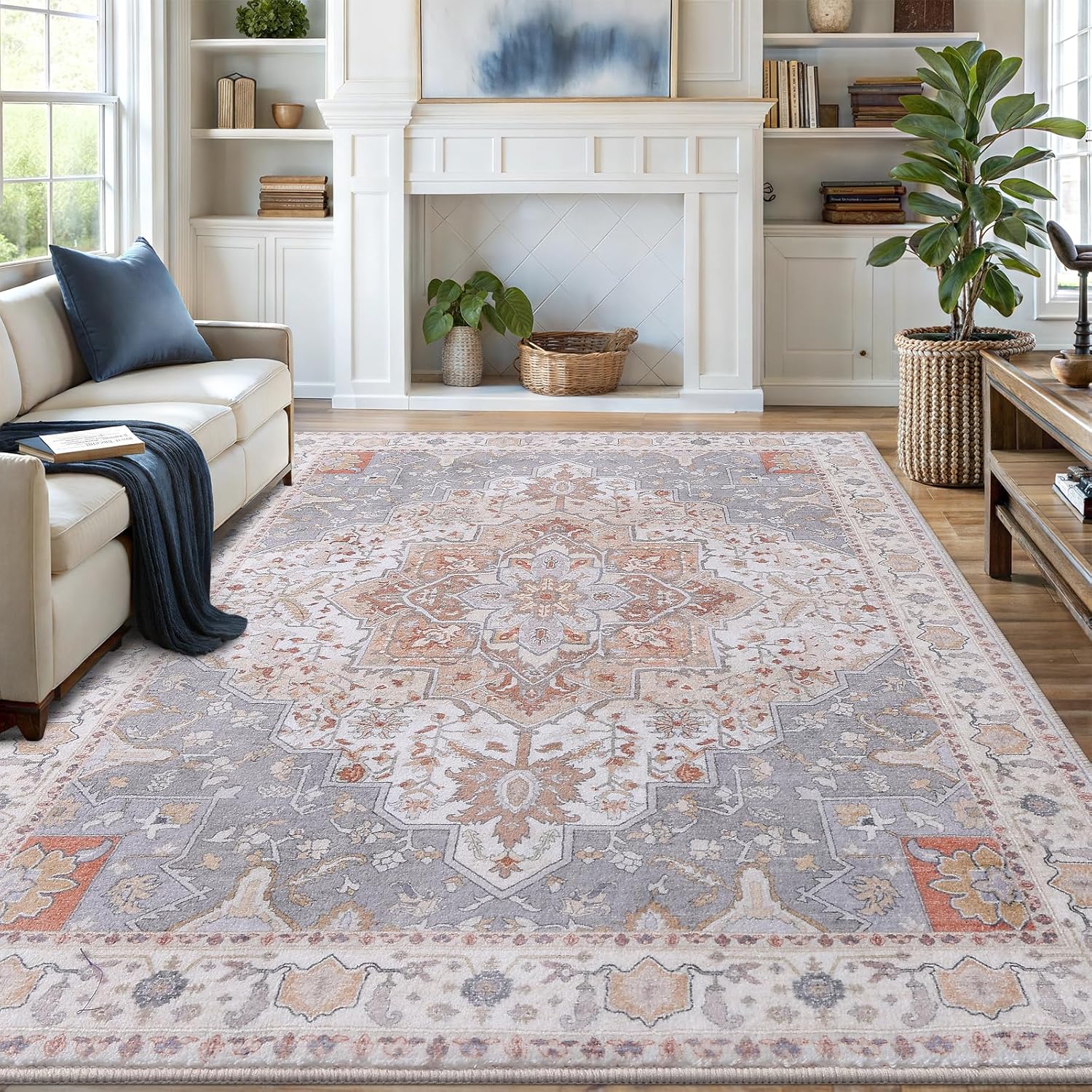Effective deep cleaning strategies for allergy sufferers include regular vacuuming with HEPA filters, washing bedding weekly, and minimizing dust accumulation.
For allergy sufferers, cleaning isn’t just about appearances—it’s about health. Dust mites, pet dander, mold spores, and pollen can trigger symptoms when stirred up during cleaning. These strategies help minimize exposure while maximizing cleanliness.

Essential Tools for Allergy-Friendly Cleaning
HEPA-Filtered Vacuums
Standard vacuums recirculate allergens back into the air. A HEPA-filter vacuum captures 99.97% of particles 0.3 microns or larger. Look for models specifically designed for allergen removal with sealed systems.
Microfiber Cleaning Cloths
Microfiber traps dust and allergens better than cotton rags or paper towels. The ultra-fine fibers create electrostatic attraction that holds particles instead of spreading them.
Hypoallergenic Cleaning Products
Fragrance-free, natural cleaning solutions reduce chemical triggers. Vinegar, baking soda, and castile soap effectively clean without irritating airways.

Room-by-Room Deep Cleaning Guide
Bedrooms: Allergy Hotspots
Dust mites thrive in bedding. Wash sheets weekly in 130°F water and use allergen-proof mattress and pillow covers. Vacuum mattresses monthly with upholstery attachment.
Living Areas
Focus on soft surfaces that trap allergens:
- Vacuum upholstery weekly
- Wash throw blankets monthly
- Replace HVAC filters every 3 months
Bathrooms: Mold Prevention
After showering, squeegee walls and doors to prevent moisture buildup. Clean grout with hydrogen peroxide instead of bleach to avoid fumes.
Advanced Allergy Cleaning Techniques
Air Purification Strategies
Run HEPA air purifiers during and after cleaning. The EPA recommends units with CADR ratings matching room size.
Dusting Methods
Always dust top-to-bottom using damp microfiber cloths. For blinds, use specialized tools that trap dust instead of dispersing it.
Floor Care
Hard floors should be damp-mopped after vacuuming. For carpets, consider professional steam cleaning annually to remove embedded allergens.
Creating an Allergy Maintenance Routine
| Task | Frequency | Tools Needed |
|---|---|---|
| Bedding Wash | Weekly | Hot water, hypoallergenic detergent |
| Vacuuming | 2-3 times weekly | HEPA vacuum |
| Dusting | Weekly | Microfiber cloths |
| Air Filter Replacement | Every 3 months | MERV 11-13 filters |
Special Considerations
During High Pollen Seasons
Keep windows closed and remove shoes at entryways. Shower after being outdoors to avoid bringing pollen inside.
For Pet Allergies
Designate pet-free zones, especially bedrooms. Groom pets frequently and wash their bedding weekly in hot water.
When Hiring Help
Inform cleaners about allergies and request fragrance-free products. Schedule cleaning when you can be out of the house for several hours afterward.

